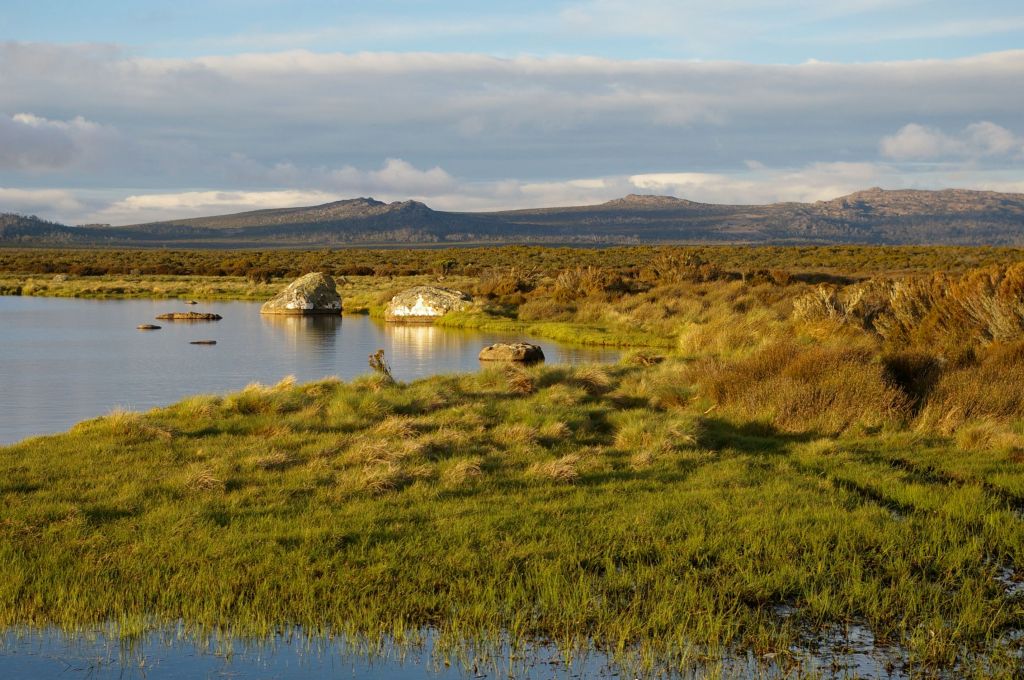Welcome
Welcome to my site. It was created for people who, like me, are curious about fly casting, want to improve their casting and learn more about it. It began with a particular interest in how science can help us improve our casting and in making that knowledge accessible to other casters. As you will see from the summary of my journey below, I have retained my interest in science but I have also moved beyond it.
The pages follow my journey in researching and writing about the mechanics (physics) and biomechanics of fly casting, how sensory motor learning works, understanding fly casting from a movement perspective and about fly casting practice. Together these tell the story of how to cast more efficiently. Lastly there is a section devoted to Teaching Fly Casting.
If you click About in the side menu you will find more about the site and about me. You also will find my Blog and Articles on casting related subjects.
From Mechanics to Movement
When I started some five years ago the motivation was to cut past often inaccessible and sometimes fanciful stuff about the mechanics of fly casting. My values then as now were to write authentically, authoritatively and accessibly without any commercial or personal agenda. Thus it began with the Einstein Series. With help from an Advisory Group I researched and learned about the relevant physics of using a flexible lever to tow a fly line backwards and forwards with an efficient application of force.
As usually happens with me, one thing lead to another as I learned more and wrote more with the intention of adding to the body of knowledge about fly casting. After the physics came biomechanics, then sensory motor learning, then practice and finally movement. Because teachers of fly casting are the keepers and curators of the fly casting body of knowledge I had to get into teaching and therefore learning as well. I also tried to engage with other more experienced teachers. That proved difficult and eventually I decided to cut my losses and move on to movement.
Mechanics and Movement then are the bookends of my learning journey. Reduced to the barest essentials, it begins with understanding that for mechanical efficiency straight lines rule. We need to optimise the extent to which we cast in straight lines and with straight lines.
At the other end, understanding how we learn to move efficiently takes us beyond reductionist science and towards the subjective experience of mastering movement, in this case a highly technical movement of throwing in a highly specialised way. Our overall task here is not so much to slavishly reproduce other people’s movements but instead to make the movements of fly casting our own. This process is entirely consistent with how humans have evolved to learn and perform movements – from the early years of learning to sit, crawl, walk and run, to athletic and expressive movements of so many wondrous kinds. It takes both work and play to reach a high level of learning, control, performance and expression. It takes practice and the greater the skill aspired to, the more practice it will require.
For my own part mechanics provided insight into how Force is most efficiently applied. I tried to connect this with my understanding that skilled and expressive movement is graceful – an aesthetic rather than analytical or abstract perspective. Learning that efficient movement is made without superfluous effort connected science and art and set me free to cast with self expression – in the way that I wanted to cast. It also gave me a fundamental and guiding objective for my casting practice. Do more with less effort. Distance is neither more nor less than one dimension of accuracy.

You must be logged in to post a comment.